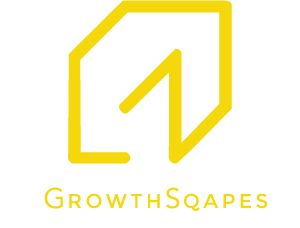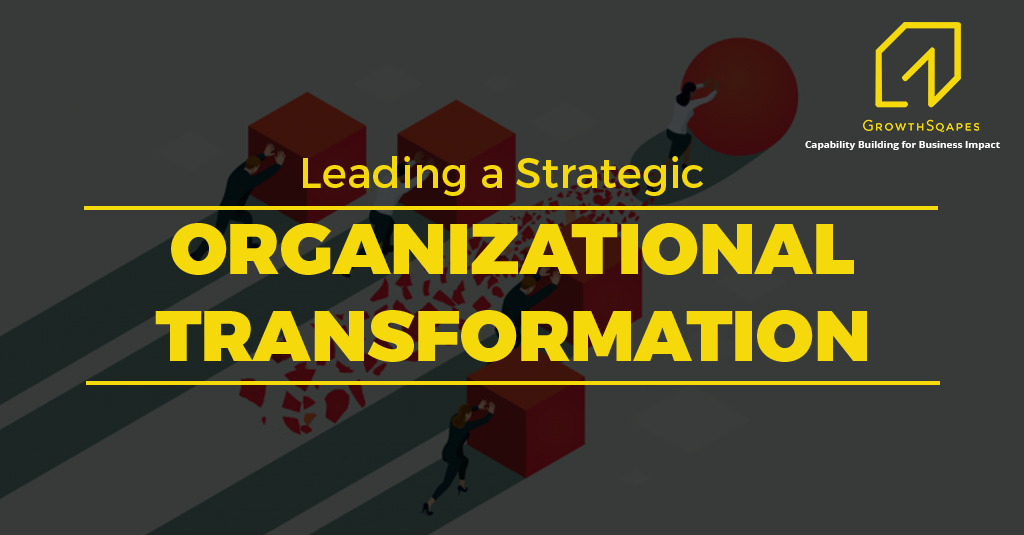What and why needed?
Organizational transformation is the process of transforming and changing the existing organization structure, corporate culture and employee behavior to reap certain strategic business results. It is affected by visible action taken by organizational leaders to move from the present to the future in order to achieve a specific outcome or benefit or to respond to the changes in the VUCA world that may be adversely impacting the organization. This blog underlines the steps that can be taken to cause a successful transformation; written in the context of a real-life case pertaining to NWO, which is predominantly an upstream operator and asset owner, exploring and producing in the North Sea, Africa, and the Middle East.
When the price of a barrel of oil plunged by more than 80% the market dynamics had already changed. Nord-West Oelleitung GmbH (NWO) met the challenges of these new market conditions by implementing an extensive organisational restructuring and behavioural change programme. Implemented in a matter of months, this programme led to a new more agile organisation ready to react to industry changes and embrace new opportunities as they arise. NWO, puts the success of the programme down to one simple reason, “We had a plan and we stuck to it”. It might sound like a simplistic approach, but with over 700 employees affected and the business-critical implementation carried out in a matter of months, this simple tactic proved its worth.
Onboarding the right people:
To help them execute the plan, NWO brought in transformation consultants. The tight timeframe and extent of the changes led to the transformation team taking a bold approach to strategic change management. In addition to carefully planning and documenting a series of initiatives, including workshops and training sessions, they decided to use a pull model to allow time for support on an ad-hoc basis. Transformation Leader Dr Pete Harpum explains, “We started this programme with a very clear idea of the key processes and behaviours that the business needed. But we also knew that we couldn’t just take a training manual approach to a transformation of this size. We needed to incorporate flexibility to deal with the unpredictable issues we knew would emerge as the programme unfolded.”
This combination of a clear strategic plan plus scheduled and ad hoc support meant the strategic transformation programme was completed in a matter of months with visible benefits from the start. Furthermore, its success was underlined by the fact it was carried out with minimal impact on production and zero incidents.
Meticulous planning:
Planning the organisational transformation started and putting success measures in place is crucial to the success of the initiative. At NWO an internal team looked at the restructuring needed to achieve greater agility in delivering business critical projects while reducing operating costs. The resulting design of the new organisation was created around a strong matrix structure that aligned the new teams with a clearer focus on the business instead of being organised around functions. To handle the organisational change, NWO established a cross-functional Transformation Management Office (TMO) comprising of a secretariat, HR and the transformation consultants. Part of the TMO, Jane Smith was involved in the scoping of the strategic transformation and describes the changes as “incredibly sensitive” as they affected around 700 employees. “Some people were promoted, some demoted, people got new managers, new areas to work in. So it was all about finding the right operating processes and rhythm for the company,” she says.
Mapping the right skill:
Ensuring that the right job is mapped to the person who has the appropriate skill set is important to ensure the success of any change initiative .Although they were brought in as external consultants, the transformation team worked as an integrated part of the TMO, located on site, and were able to complement the NWO team with their unique skills.“We used the skills of the transformation consultants but the process was still very much internally driven. This was definitely part of its success. No-one could say that we’d used consultants who didn’t understand our business. We knew which processes were necessary but not how people would react. This was where transformation specialists could help,” said Jane Smith. “Each consultant in the transformation team had a different profile and area of business expertise. It was a good opportunity for us to learn from them and take advantage of their key skills,” says Fred Brown, Head of HR at NWO.
Agility in management:
The VUCA world demands that the change is implemented before it becomes necessary to change again. Therefore to avoid the insecurity and inefficiency that any transformation programme breeds, the process was fast and intense – lasting just a few months. All employees were presented with the case for change in their teams and then held individual meetings with their old, and in some cases new, managers to discuss questions, concerns and plans.
Once the transformation was underway, the benefits of the flexible approach to the change process taken by the consultants were clear. Any issues were spotted and managed in a timely manner before they escalated or became negative office gossip that could heighten insecurity. In many ways, this approach also pre-empted the resistance that is encountered when external consultants are involved in creating new organisational structures.
Managing stakeholders:
Transformation is driven by the key stakeholders, hence keeping them in one’s good books definitely helps. “The managers at NWO are highly professional dedicated individuals who have been hired because they can deliver. Therefore, they’re not the sort of people who think they need help. Our approach and presence on site as part of the team meant we could provide the coaching and role modelling they needed without putting it into a formal structure,” says Pete Harpum. It might sound like an unusual approach but this fluidity meant the transformation team could react as needed in a more dynamic way.“It probably appeared coincidental when we showed up at the coffee machine to talk to the individuals about what was going on. But for us, this was carefully thought about. Working closely with the TMO, we had already identified peoples’ specific sensitivities and had anticipated their needs,” explains Pete Harpum.“By having the transformation consultants on-site, we could get change management support immediately and therefore we could adjust to what the organization needed,” says Fred Brown, Head of HR at NWO.
Building cohesive teams:
In addition to this ad-hoc individual support, the transformation team also facilitated a series of over fifty customised workshops. By focusing sessions on actual needs, the teams involved were able to create vision statements for their teams, clarify roles and responsibilities, identify team ground rules, establish efficient and value adding activities, and improve the effectiveness of team meetings as well as identify opportunities in terms of strategic feasibility and cost reduction.“Again, we knew what we had to achieve and by not scripting each session down to a fine level of detail we could maintain our focus on the people and teams affected by the change and their actual needs. And it paid off. During one session, a team in the Sub Surface Function found savings of £80 million in one hour. This kind of initiative wouldn’t have happened had we had not let the workshop be led by the people involved,” says Pete Harpum.
Measuring success:
No transformation initiative can be called a success unless the success measures are achieved. Nine months down the line and the new organisational matrix structure was in place. 200 people switched jobs, managers and teams and the organisation had the agility required to face future challenges. Looking back, Jane Smith is pleased with the way people have embraced the new structure. The overall process was a success from a business perspective. The change was never easy but it has been well managed and during the process, NWO has managed to maintain stable production and reduce the number of incidents. The transformation project has been vital to the company. It was well executed as could be seen in the fact that production indicators actually increased, which had never happened in previous change management programmes.
Growthsqapes offers multiple solutions in leading and managing change from diagnosis to implementation.
This blog has been authored by Pete Harpum – Partner at Growthsqapes.

